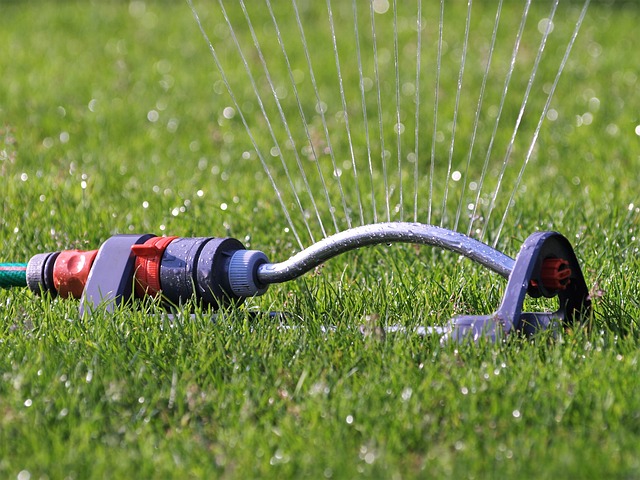Industrial weed control near Centennial pipelines demands a specialized approach due to diverse flora, including native species and aggressive invasives. Effective management requires strategic planning, understanding local flora, and tailored methods such as targeted herbicide applications, mechanical removal, or biological control. Professionals use data-driven methods, including detailed assessments, photography, and sampling, for precise, efficient weed control while minimizing environmental impact on critical infrastructure.
Lawn plant professionals face unique challenges in maintaining pipeline corridors, where effective industrial weed control is crucial for safety and environmental protection. This article delves into the comprehensive analysis of professional health and weed management strategies along pipelines near Centennial. We explore assessment techniques for identifying weed hotspots, discuss chemical, mechanical, and biological control methods, and highlight best practices to ensure long-term pipeline protection through monitoring and adaptive maintenance.
- Assessing Pipeline Corridors: Identifying Weed Management Challenges
- – Understanding the unique environment of industrial sites near pipelines
- – Visual inspection and data collection techniques for weed control planning
Assessing Pipeline Corridors: Identifying Weed Management Challenges

Pipeline corridors, especially in industrial settings near Centennial, present unique challenges for lawn plant health analysis and management. With high-pressure pipelines often running through lush landscapes, efficient weed control becomes a critical component of maintenance. The primary concern is preventing invasive species from encroaching on these vital rights-of-way, which can cause significant damage to the pipeline integrity and disrupt potential environmental hazards.
Weed management along industrial corridors requires a strategic approach. Professionals must consider the diverse flora in the area, including native plants and aggressive non-native species. The goal is to implement targeted control methods while minimizing environmental impact. This involves selecting appropriate herbicides, understanding their environmental fate, and employing precision application techniques to ensure effectiveness and reduce off-target effects on surrounding vegetation.
– Understanding the unique environment of industrial sites near pipelines

The unique environmental considerations of industrial sites near pipelines necessitate a tailored approach to lawn and plant health management. These areas often present challenges due to proximity to critical infrastructure, where strict safety protocols must be followed. Industrial weed control along pipelines near Centennial, for instance, requires meticulous planning to prevent any disruptions or hazards. The ecosystem here might include a mix of native species and invasive plants, each requiring specific management strategies.
Professionals in this field must navigate these sites with an understanding of the local flora and fauna, as well as the potential environmental impact of various control methods. They employ specialized techniques like targeted herbicide applications, mechanical removal, or biological control to manage weeds effectively without compromising the safety or integrity of the pipeline system.
– Visual inspection and data collection techniques for weed control planning

Lawn plant professionals employ meticulous visual inspection and data collection techniques as foundational steps in industrial weed control along pipelines near Centennial. Through a comprehensive walkover assessment, experts identify specific weed species, their abundance, and distribution across the pipeline corridor. High-resolution digital photography captures detailed images for later analysis, enabling precise mapping of infested areas. Additionally, sampling techniques such as root digs and hand pulling allow for the collection of representative specimens, which are then identified using reliable diagnostic tools. This data-driven approach ensures targeted applications of appropriate herbicides, minimizing environmental impact while maximizing efficiency in weed control.
Industrial weed control along pipelines near Centennial requires a strategic approach, especially considering the challenges posed by these unique environments. By combining visual inspections with data collection techniques, professionals can effectively assess pipeline corridors and implement targeted management strategies. This holistic method ensures not only the health of the pipelines but also the preservation of the surrounding ecosystem, making it a vital step in maintaining a balanced and sustainable environment for Centennial’s industrial landscape.
